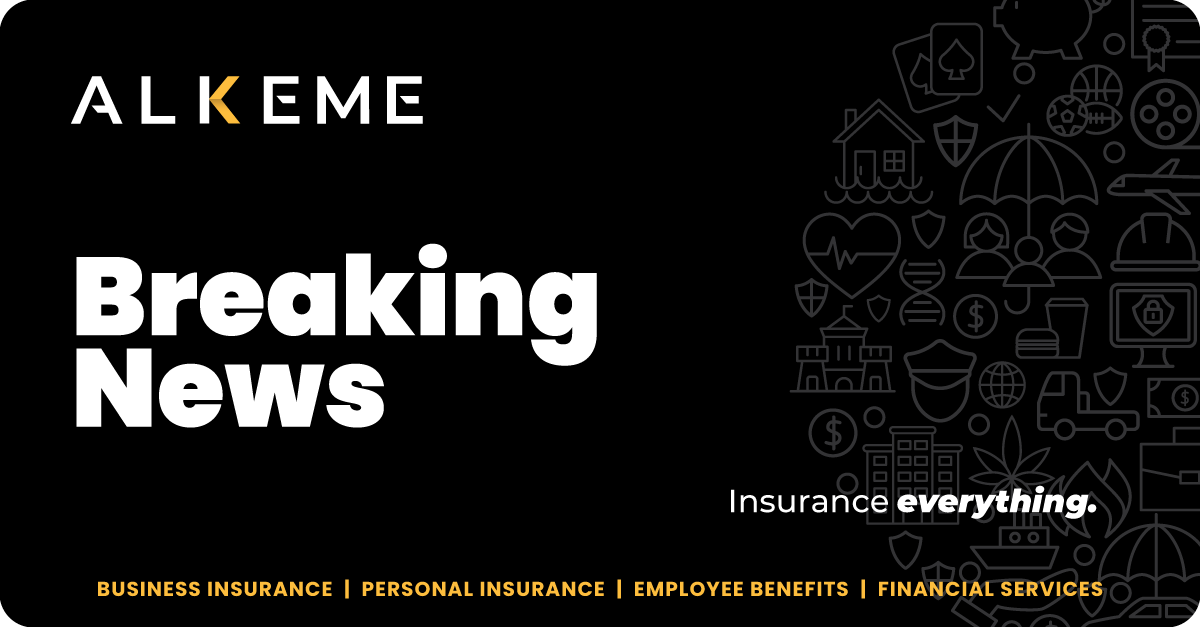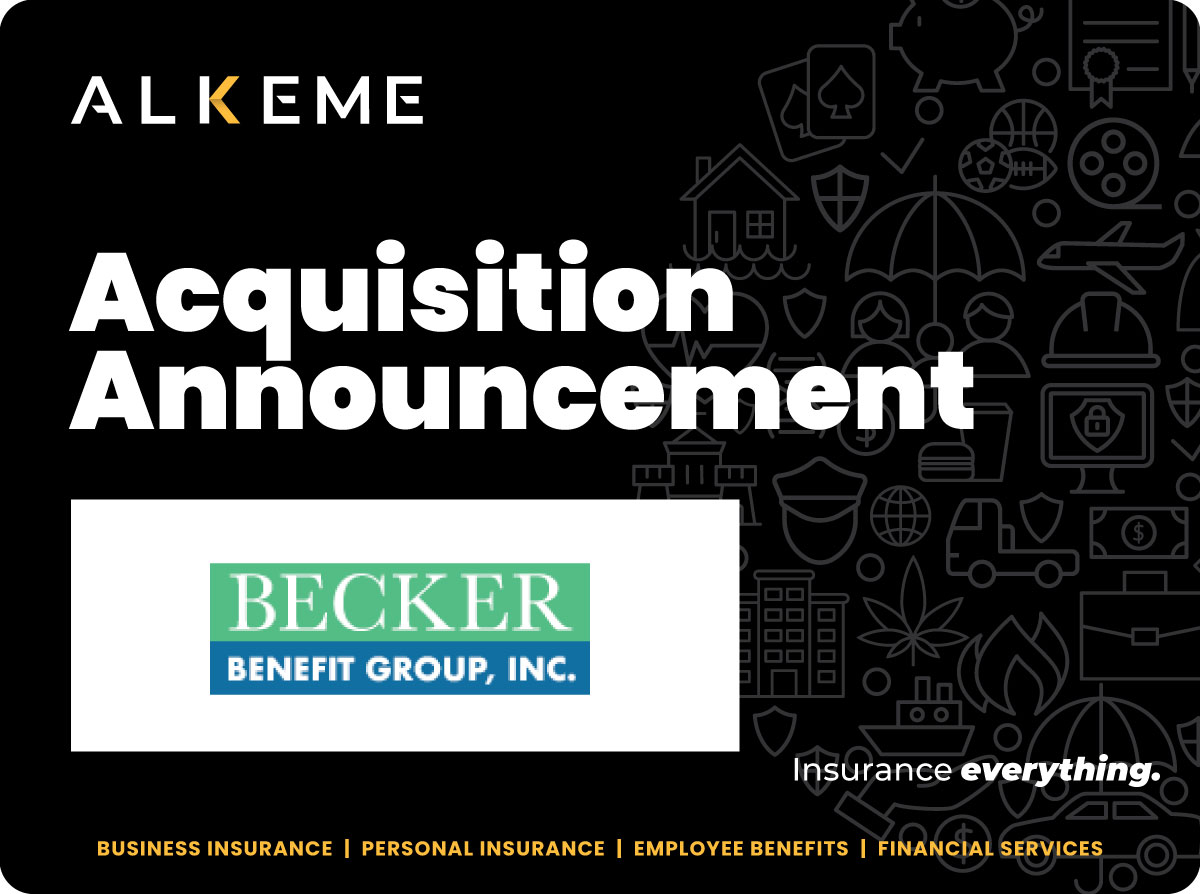Construction equipment represents a significant investment for any construction business. From excavators to cranes, these assets are vital for completing projects efficiently and effectively. However, with the inherent risks associated with construction sites, ensuring adequate insurance coverage for equipment is paramount. In this blog post, we’ll delve into the ins and outs of insuring construction equipment, providing a comprehensive guide for construction business owners and operators.
Importance of Insuring Construction Equipment:
- Financial Implications: Construction equipment is not only expensive to purchase but also costly to repair or replace in case of damage, theft, or breakdown. Without insurance coverage, the financial burden of such incidents can significantly impact project budgets and timelines.
- Project Continuity: Equipment downtime due to unforeseen events can disrupt project schedules, leading to delays and potential penalties. Insurance coverage helps mitigate these risks by providing financial support for repairs or replacement, allowing construction projects to proceed without significant interruptions.
- Peace of Mind: Knowing that construction equipment is adequately insured provides peace of mind to business owners and operators. With insurance in place, they can focus on project execution without worrying about the potential financial repercussions of equipment-related incidents.
Types of Coverage Available:
- Inland Marine Insurance:
- Coverage Scope: Inland Marine Insurance protects movable property, including construction equipment, while it is in transit or stored at various job sites. It covers risks such as theft, vandalism, fire, and transportation-related damages.
- Benefits: This type of coverage offers flexibility and broad protection for equipment that moves frequently between job sites. It ensures that equipment remains covered regardless of its location, whether it’s being transported, stored, or in use at a construction site.
- Applicability: Inland Marine Insurance is particularly suitable for construction businesses with equipment that is constantly on the move, such as cranes, excavators, and portable tools.
- Equipment Breakdown Insurance:
- Coverage Scope: Equipment Breakdown Insurance, also known as Boiler and Machinery Insurance, protects against sudden and accidental breakdowns of equipment due to mechanical or electrical failures. It covers the cost of repairs, replacement parts, and business interruption expenses resulting from equipment downtime.
- Benefits: This coverage ensures that construction businesses are financially protected against unexpected equipment failures, which can cause significant project delays and financial losses. It provides peace of mind knowing that equipment breakdowns will not derail project schedules or budgets.
- Applicability: Equipment Breakdown Insurance is essential for construction firms reliant on critical machinery and equipment for project execution, such as HVAC systems, generators, and heavy machinery.
- Contractor’s Equipment Insurance:
- Coverage Scope: Contractor’s Equipment Insurance offers comprehensive coverage for a wide range of equipment owned, leased, or borrowed by construction businesses. It protects against various perils, including theft, accidental damage, and third-party liability arising from equipment use.
- Benefits: This coverage provides all-encompassing protection for construction equipment, ensuring that businesses are adequately covered against a broad spectrum of risks. It offers flexibility to customize coverage based on specific equipment needs and project requirements.
- Applicability: Contractor’s Equipment Insurance is essential for construction companies with diverse equipment fleets, including construction vehicles, tools, and specialized machinery used across multiple projects.
Factors Influencing Insurance Premiums:
- Equipment Value:
- New vs. Used Equipment: Newer equipment typically commands higher replacement costs, leading to higher insurance premiums. Conversely, used equipment may have lower premiums due to its depreciated value, although coverage may be subject to age and condition considerations.
- Specialized Equipment: Specialized or high-value equipment, such as cranes or earth movers, may attract higher premiums due to their increased replacement cost and unique risk profile.
- Usage and Conditions:
- Frequency of Use: Equipment that is used more frequently or for extended periods may pose a higher risk of wear and tear, increasing the likelihood of insurance claims and potentially resulting in higher premiums.
- Operating Environment: Equipment used in harsh or hazardous environments, such as demolition sites or extreme weather conditions, may be subject to higher premiums due to increased risk exposure.
- Location:
- Geographical Risk Factors: The location where equipment is primarily used or stored can impact insurance premiums. Areas with higher crime rates, prevalence of natural disasters, or adverse weather conditions may result in higher premiums to account for increased risk of theft, vandalism, or damage.
- Safety Features:
- Security Measures: Equipment equipped with advanced security features, such as GPS tracking devices, immobilizers, or theft deterrent systems, may qualify for discounts on insurance premiums. Implementing robust security measures demonstrates proactive risk management and reduces the likelihood of theft or unauthorized use.
- Claims History and Risk Management Practices:
- Claims Experience: A history of frequent insurance claims or losses related to equipment may lead to higher premiums as insurers perceive higher risk associated with the insured’s operations.
- Risk Management Practices: Implementing effective risk management strategies, such as regular maintenance programs, operator training, and site security measures, can help mitigate risks and potentially lead to lower insurance premiums over time.
Assessing Equipment Value and Coverage Needs:
- Replacement Cost Evaluation:
- Inventory Assessment: Begin by conducting a comprehensive inventory of all construction equipment owned, leased, or borrowed by the business. This inventory should include detailed information such as equipment type, make and model, age, condition, and acquisition cost.
- Replacement Cost Calculation: Determine the replacement cost of each piece of equipment based on its current market value and condition. Consider factors such as depreciation, inflation, and any upgrades or modifications that may affect the equipment’s value.
- Consultation with Experts: Consider consulting with equipment appraisers, industry experts, or insurance professionals specializing in construction insurance to obtain accurate assessments of equipment value. These professionals can provide valuable insights into market trends, depreciation rates, and replacement costs specific to the construction industry.
- Project-Specific Coverage:
- Project Scope and Duration: Assess the scope and duration of upcoming construction projects to determine the coverage needs for equipment used on each project. Larger projects with longer durations may require higher coverage limits to account for potential risks and exposures over an extended period.
- Equipment Utilization: Evaluate the frequency and intensity of equipment usage on each project, taking into account factors such as operating hours, workload, and environmental conditions. Equipment used more frequently or in high-risk environments may require additional coverage or higher limits to adequately mitigate potential risks.
- Transportation and Storage: Consider the transportation and storage requirements for equipment between job sites and during non-operational periods. Ensure that coverage extends to equipment while in transit or stored at various locations to safeguard against theft, vandalism, or damage during these periods.
- Customized Coverage Solutions:
- Tailored Policies: Work with insurance providers to customize insurance policies that align with the specific needs and requirements of the construction business. Discuss coverage options, policy features, and endorsements that provide comprehensive protection for equipment across various projects and operational scenarios.
- Bundle Coverage: Explore opportunities to bundle multiple coverage types, such as Inland Marine Insurance, Equipment Breakdown Insurance, and Liability Insurance, into a comprehensive insurance package tailored for construction businesses. Bundling coverage can streamline insurance management and potentially result in cost savings through package discounts or reduced administrative fees.
- Policy Limits and Deductibles: Evaluate policy limits and deductibles carefully to strike the right balance between coverage adequacy and affordability. Ensure that coverage limits are sufficient to cover potential losses or damages without exposing the business to significant financial liabilities in the event of a claim.
- Regular Review and Adjustment:
- Periodic Assessments: Conduct regular reviews of equipment inventory, project portfolios, and insurance policies to reassess coverage needs and ensure alignment with evolving business requirements. Consider factors such as equipment acquisitions or disposals, changes in project scope or duration, and updates to industry regulations or risk exposures.
- Policy Updates: Keep insurance providers informed of any changes to equipment inventory, project profiles, or risk management practices to facilitate timely updates to insurance policies. Work collaboratively with insurance professionals to adjust coverage limits, add or remove endorsements, or explore alternative coverage solutions as needed to optimize insurance protection and cost-effectiveness.
Risk Mitigation Strategies:
- Preventive Maintenance Programs: Implementing regular maintenance schedules and inspections can help identify potential issues and prevent equipment breakdowns. Routine maintenance not only prolongs equipment lifespan but also demonstrates proactive risk management to insurance providers, potentially leading to lower premiums.
- Operator Training and Safety Protocols: Proper training for equipment operators is crucial for minimizing the risk of accidents and injuries on construction sites. Enforcing strict safety protocols and providing ongoing training can reduce the likelihood of insurance claims related to operator error or negligence.
- Site Security Measures: Enhancing security measures at construction sites, such as installing surveillance cameras, fencing, and access control systems, can deter theft and vandalism of equipment. Insurance providers may offer discounts for implementing effective security measures, leading to potential cost savings for construction businesses.
Protecting construction equipment with comprehensive insurance coverage is essential for safeguarding business assets and ensuring project continuity. By understanding the types of coverage available, factors influencing insurance premiums, and effective risk mitigation strategies, construction business owners can make informed decisions to protect their valuable equipment investments and mitigate financial risks associated with construction projects. Consulting with insurance professionals and implementing proactive risk management measures can help construction businesses navigate the complexities of equipment insurance and ensure adequate protection against unforeseen events.




